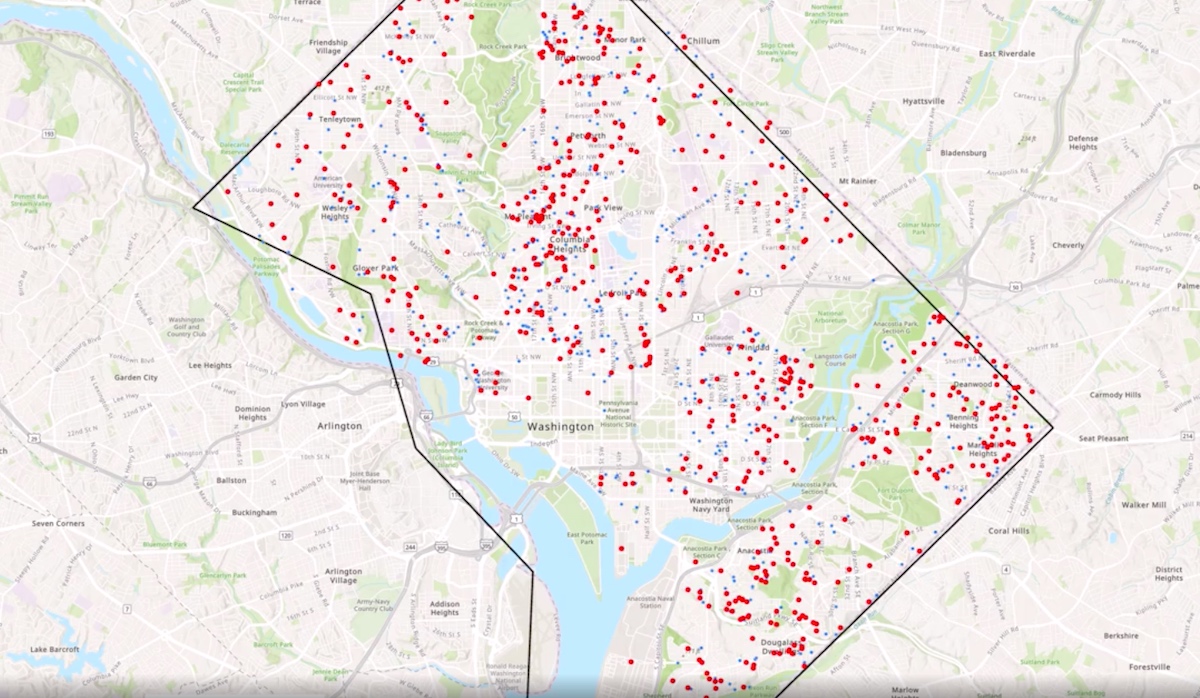As the number of vaccinations grows and the number of new COVID-19 cases drops across the country, business leaders are wondering about how to safely return to work.
South Side-based data modeling company Epistemix makes a platform that simulates different work habit patterns and risks based on vaccination levels. Using results from those simulations, Epistemix CEO John Cordier shared advice on how employers can implement new flexible safety policies or remote work options based on the vaccination and case levels of a given location.
The University of Pittsburgh grad described the Epistemix platform as “representing each person as a computational agent” using available census data. For each of those agents, Epistemix has data on demographic information, what school someone goes to, where a person works and other relevant habits that allow the platform to predict who in a given population might attend certain events or show up at the workplace. Tracking those patterns in the context of the pandemic is important, Cordier told Technical.ly, “because we’re then able to overlay any sort of virus on top of that population and say, how will this virus spread, given local social dynamics?”
During a Pennsylvania Chamber of Business and Industry event last week, Cordier showed what these trends might look like for Pennsylvania at eight weeks after reaching a 50% or 70% vaccination level. At only 50% vaccination across the state, the platform showed that eight weeks later, Pennsylvania would see about 173 cases per week. But under the same conditions, a 70% vaccination level showed that the state would see only 51 cases per week.
Cordier emphasized that different cities will have different vaccination needs. In places where the spread of COVID-19 had been well-controlled with few outbreaks, the vaccination rate for herd immunity might need to be greater than 70%, as that city would have a lower rate of natural immunity. The opposite is also true. Towns that saw larger outbreaks of the virus will likely have a greater incidence of natural immunity, and thus a vaccination rate that might be lower than 70%.
Once employers understand these dynamics for their office locations, they can find ways of reducing the risk of bringing people back to work. That might look like a vaccine policy, Cordier said, or it could be flexible safety policies that close the offices once case numbers in an area reach certain levels. Employers with locations in multiple cities might choose to only open ones with lower risk, he suggested, or consider only have up to 80% of the workforce in the office at a time. Business travel, too, can be limited to low-risk areas if needed.
As many employers move to reopening workplaces this summer and fall, Cordier also underscored that many of these considerations and risks are only applicable to those without vaccinations. In other words, if enough of a company’s employees are vaccinated, there’s a chance they may already have herd immunity in the office, and any risk of transmission is much lower.
Sophie Burkholder is a 2021-2022 corps member for Report for America, an initiative of The Groundtruth Project that pairs young journalists with local newsrooms. This position is supported by the Heinz Endowments.Before you go...
Please consider supporting Technical.ly to keep our independent journalism strong. Unlike most business-focused media outlets, we don’t have a paywall. Instead, we count on your personal and organizational support.
Join our growing Slack community
Join 5,000 tech professionals and entrepreneurs in our community Slack today!

The person charged in the UnitedHealthcare CEO shooting had a ton of tech connections

From rejection to innovation: How I built a tool to beat AI hiring algorithms at their own game

Where are the country’s most vibrant tech and startup communities?


